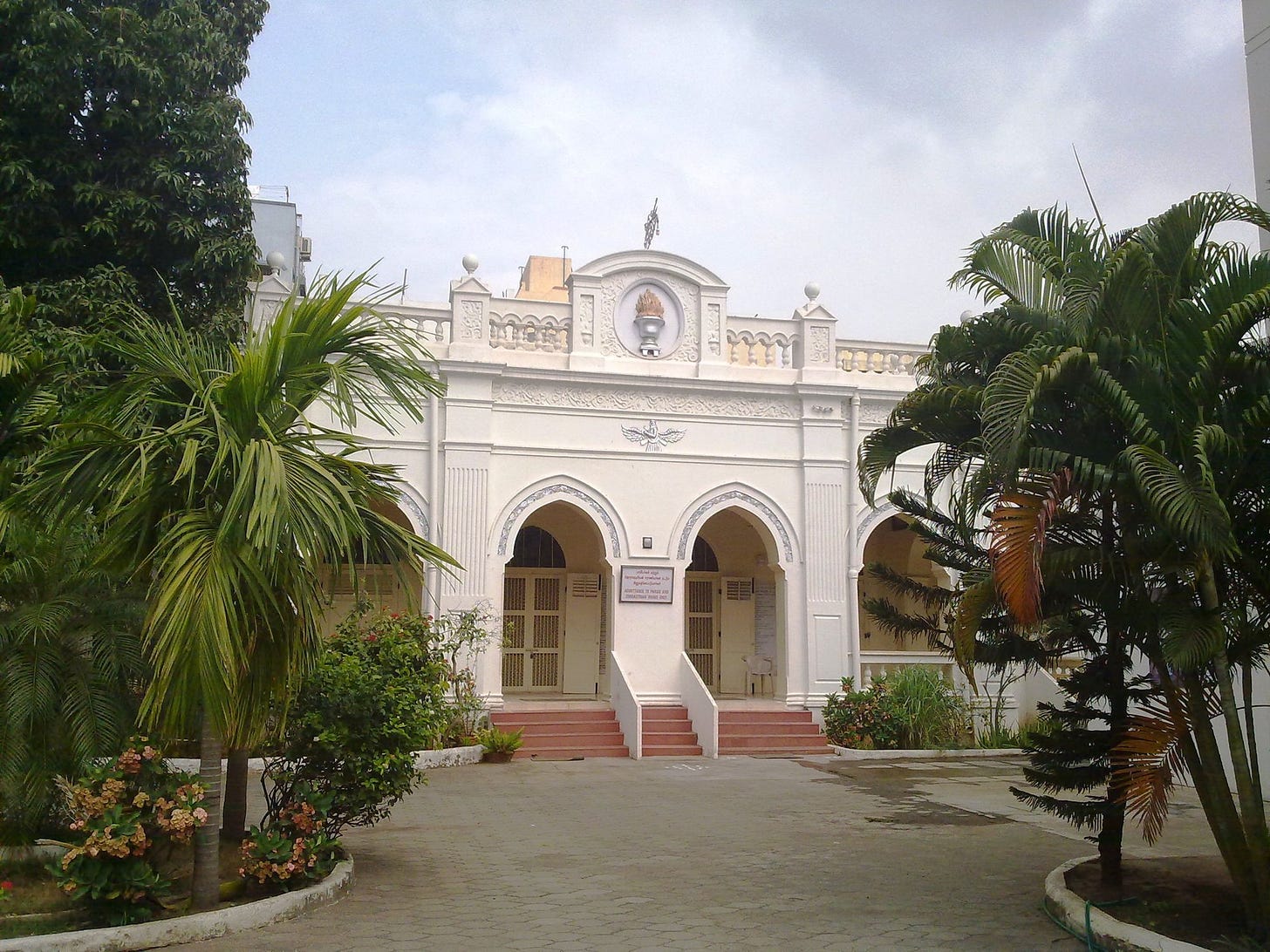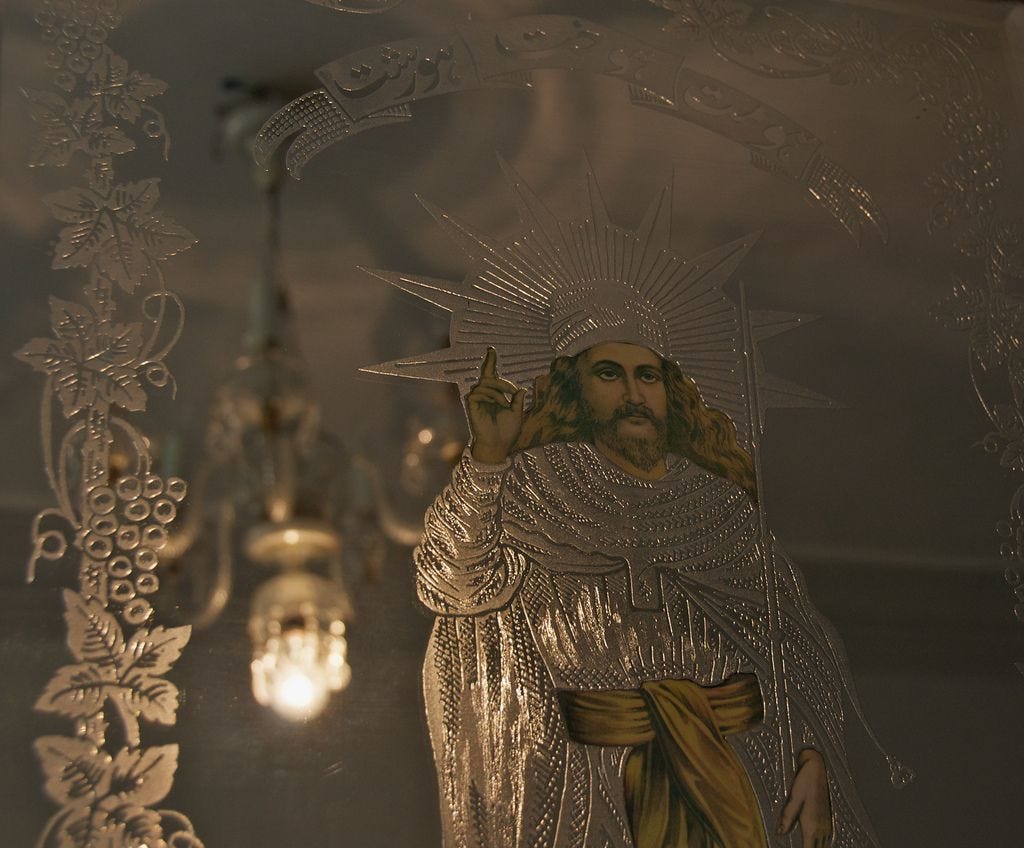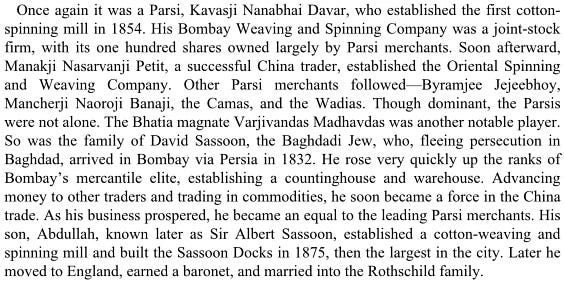9 Pioneering Ways Parsis have Shaped Modern India

Parsi in the Persian language literally means – Persian. But wait, isn’t the language Persian Farsi? Sure it is, but it wasn’t so to begin with. This distorted name of the language Farsi is the gift of the Arabs. The Arabic language lacks the P / G / Zh / Ch sounds, so the Arab invaders of Persia couldn’t pronounce Parsi. Hence, they bastardized it to Farsi!
Similarly, Babak Khorramdin‘s first name, originally Papak (Papa + Kuchak = Papak), “Young Father”, became Babak.
Parsis, thankfully, since they fled when the Arabs invaded Persia and so, were not influenced by the limitations of Arabic, still remain Parsi – the original Persians.
Parsis are Zoroastrians who follow the ancient religion of Zarathustra. There was a time when Zarathustraism was the official state religion of Achaemenid Empire, Parthian and Sasanian empires. In fact, Hinnel says in The Penguin Dictionary of Religion that Zarathustraism influenced subsequent religious orders of Second Temple Judaism, Gnosticism, Christianity and even Islam, its ultimate destroyer in Persia.
9 Pioneering Ways in which Parsis have Shaped Modern India #Zoroastrians #Parsi Click To Tweet
The main scripture for Zoroastrians is Avesta, which comprises Yasna, which has Five Gathas. The scriptural text survives from a master copy which was produced during Sassaian era. Texts prior to that aren’t available any more. The legend however says that there were twenty-one nasks “books” of the Avesta, which were created by Ahura Mazda and then brought by Zoroaster to his patron Vishtaspa.

Parsis are supposed to have come to India primarily in the 8th and the 10th century due to persecution by the Arab invaders, where they were either killed or converted to Islam. They first settled in Kathiawar in Gujarat and then moved south. A French monk named Jordanus has mentioned their presence in Thane (in Mumbai Metropolitan area) and Bharuch in south Gujarat as far back as 1322.

Despite being just 0.02% of the Indian population, the Parsi community has contributed immensely to Modern India. In fact, it wouldn’t be wrong to say that Parsis have been primary in building Modern India the way it is today. Parsis have been the most pioneering community in the country.
1
First Indian movement for self governance: Dadabhai Naoroji, also known as the Grand Old Man of India, was educated in the Elphinstone School in Mumbai. He was a British Member of Parliament from 1892 through 1895 representing Finsbury Central. He created the East India Association which preceded the Indian National Congress to put the Indian viewpoint across in Britain. Although started by the members of the Theosophical Society in 1885, the first President of the Indian National Congress was Dadabhai Naoroji. Dadabhai Naoroji was a pioneer in many ways and in 1901 he wrote a seminal book – Poverty and un-British Rule – which focused on the drain of wealth from India into England through colonial rule. He was admired by both Gandhi and Tilak. Through his giant influence, Dadabhai shaped the very thought of governance, democracy and self rule in India.
2
Lowji Nusserwanji Wadia – the creator of Bombay: In 1736, Wadia was invited to Bombay by the East India Company officials, who very impressed with his work in their Surat dockyard. He came to Bombay with ten of his carpenters, to build the Bombay shipyard. This shipyard over the years made Bombay the city it became.
3
First Steel Plant and First institute for fundamental research in science: In 1893, Jamshedji Nusserwanji Tata set sail to US. Earlier when he was in London to get Steel technology to put up a steel mill in India, the British had mocked him saying “If Indians can make steel, then we will eat it”. He was now on a mission to get India’s first Steel Plant technology from the US. On that ship, there was another traveler – Swami Vivekananda. Swami Vivekananda was going for the World Parliament of Religions. He met Jamsetji on the ship to discuss his mission in the US – the Steel plant. Swamiji suggested to JN Tata that there were two parts to the Steel Plant know-how: One, steel science and the other is manufacturing technology. The latter, he said you will get from the US, but you should also make sure India of tomorrow has the former. With that pearl of wisdom, the visionary in Jamsetji came up with the idea of a scientific institute of fundamental research – which is currently known as Indian Institute of Science. And, he beckoned Swami Vivekananda to set up the IISc at that time, which Swamiji politely refused because he wanted a scientist to lead it. Here is the letter from Jamsetji.
Dear Swami Vivekananda ,
I trust, you remember me as a fellow -traveller on your voyage from Japan to Chicago. I very much recall at this moment your views on the growth of the ascetic spirit in India, and the duty, not of destroying, but of diverting it into useful channels.
I recall these ideas in connection with my scheme of Research Institute of Science for India, of which you have doubtless heard or read. It seems to me that no better use can be made of the ascetic spirit than the establishment of monasteries or residential halls for men dominated by this spirit, where they should live with ordinary decency, and devote their lives to the cultivation of sciences – natural and humanistic. I am of opinion that, if such a crusade in favour of an asceticism of this kind were undertaken by a competent leader, it would greatly help asceticism, science, and the good name of our common country; and I know not who would make a more fitting general of such a campaign than Vivekananda. Do you think you would care to apply yourself to the mission of galvanazing into life our traditions in this respect? Perhaps you had better begin with a fiery pamphlet rousing our people in this matter. I should cheerfully defray all the expenses of publication.
23rd November 1898
Jamshedji N Tata’
And thus started two of India’s greatest institutions – the First Steel Plant and the first Institute for fundamental research in science!
4
Pioneers of Indian Nuclear Program: Homi Jehangir Bhabha is known as the “Father of Indian Nuclear Program”. He was the founding director of two well-known research institutions, namely the Tata Institute of Fundamental Research (TIFR) and the Trombay Atomic Energy Establishment, now known as Bhabha Atomic Research Centre (BARC).
Homi Nusserwanji Sethna was also another Parsi luminary in the Nuclear science field. He was the guiding force behind India’s first Atomic test in Pokhran in 1974. He was also the Chairman of the Atomic Energy Commission.
5
First Cotton Mill: The first cotton textile mill was established in Bombay in 1854 by a Parsi cotton merchant, Kavasji Nanbhai Davar, then engaged in overseas and internal trade. Indeed, the vast majority of the early mills were the handiwork of Parsi merchants engaged in yarn and cloth trade at home and Chinese and African market. Kavasji’s first mill Bombay Weaving and Spinning Company was set up as a Joint Stock firm with 100 shares owned by fellow Parsis. Other pioneering Parsis in setting up the cotton mills were Byramjee Jejeebhoy, Mancherji Naoroji Banaji, the Camas and the Wadias. (Source: Mumbai Fables by Gyan Prakash)
6
First Indian Theatre and shaping musical Bollywood: India’s first real theatre was set up in Bombay by the Parsees or Parsis. It (the drama company) was called Parsee Natak Mandali and was established in 1853. Faramjee G. Dalal was the proprietor and the first drama staged at the Grant Road Theatre was “Rustom and Sohrab”. Also performed along with it was a farce “Dhanji Garak”. Thereafter twenty more Parsi drama companies were formed, giving a further momentum to the theatre activity. The Natak “Uttejak Mandali” staged 1100 shows over 16 years. Before this, in early 1850s, students of Elphinstone College had formed a drama society and used to perform Shakespeare. These efforts later evolved into the full fledged theatre. The pioneers who started the Parsee Natak Mandalee under the proprietorship of FG Dalal were Gustadji Dalal, Dadabhai Naoroji, K.R. Cama, Dr. Bhau Daji, and Ardeshir Moos.
In fact, the tradition of incorporating songs, dance and music in plays was started at the Parsee theatre, which ultimately evolved into the very distinct style Indian cinematic way of using music, dance and songs in movies. Something totally unique to India. Perhaps its origin lies in the experiments done by the Parsee theatres of those early days!
7
At the Helm of Indian Defense Services: Parsis have had an amazing contribution to Indian Defense services. A Parsi has been a Chief of all the three defense wings in India. Air Marshal Aspy Merwan Engineer was the Chief of Air Staff from 1960 through 1964. Field Marshall Sam Hormusji Framji Jamshedji Manekshaw was the 8th Chief of Indian Army in 1969. Admiral Jal Cursetji was the Chief of Indian Navy from 1976 through 1979. Air Chief Marshal Fali Homi Major was the Chief of Indian Air Force from 2007-2009.
The contribution in the defense has been immense. Other notables have been Air Marshal Minoo Jehangir Dotiwalla, Air Marshal Minoo Merwan Engineer, Vice Admiral RF Contractor (17th Chief of the Indian Coast Guard), and Lieutenant General FN Bilimoria.
8
Numerous Achievements of the Tatas: We have talked about the First Steel mill and the IISc set up earlier, but an entire library can be dedicated to what the Tatas have done for India. It would be instructive to compare the achievements of the Tatas with that of the Birlas, the other major business family in India until the 1980s. For all their name and wealth, Birlas pioneered nothing! They were only involved with trading and for almost 60 years made money as the sole middlemen for export and import of most products coming in and out of India during the license raj. A privilege they milked due to their proximity to Congress and the Gandhis.
On the other hand, Tatas gave India many firsts. Let us take a stock:
Obviously the first Steel Plant and company
First Hydroelectric plant
Textile factory
Shipping line
Cement factory
India’s first auto manufacturer – Tata Motors
India’s first Domestically owned bank –
First Chemical company – Tata Chemicals
India’s first Airlines – Tata Airlines, which was nationalized into Air India
India’s first large IT consulting company – Tata Consultancy Services (TCS)
India’s first Indian Five Star hotel – the Taj Mahal Palace in Mumbai in 1903
There are many many more achievements – including of course, the acquisition of the Jaguar car company, the Tetley tea, and Corus Steel plant.
9
Top Legal Luminaries: Sir Jamshedji Behramji Kanga, Nani Palkhiwala, Fali Nariman and Soli Sorabjee form the four most formidable lawyers ever in India. While Fali Nariman is credited with pioneering work in Indian Constitution’s law, Nani Palkhivala and Sir Jamshedji Kanga were the pioneers in Income Tax law and Constitution. Kanga and Palkhivala wrote the most authoritative work The Law and Practice of Income Tax. Later Palkhivala became legendary in the practice of Indian Constitution law.
Whether it was arts, governance, freedom struggle, defense, law, nuclear science, or industry and trade, Parsis have shaped Modern India like no other community has. Despite their meagre population, which has been steadily dwindling over the decades.





